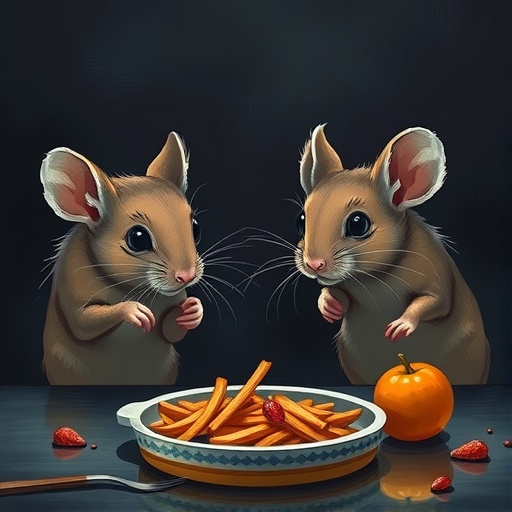RNA interference (RNAi) and TALENs are more accurate at targeting the gene in question than are earlier genetic engineering techniques. For years, researchers tried to remove the allergy-inducing milk protein beta-lactoglobulin from cow's milk, which can cause diarrhea and vomiting in some toddlers. They tried replacing the gene encoding beta-lactoglobulin with a defective form, but this proved nearly impossible because the techniques available to introduce foreign genes into animal genomes were not precise, and misplaced genes failed to express themselves correctly.
In 2006, scientists at AgResearch in Hamilton, New Zealand began to experiment with molecules that interfere with the messenger RNA go-between that enables translation of a gene into protein. In mice, they discovered a short chunk of RNA, called a microRNA, that targeted beta-lactoglobulin messenger RNA directly to prevent its translation. They inserted DNA encoding a version of this microRNA into the genome to create genetically modified cow embryos that they hoped would grow into cows without the allergen in their milk. Out of 100 embryos, one calf yielded beta-globulin-free milk. “This isn’t a quick process,” says Stefan Wagner, a molecular biologist at AgResearch. That's why it has taken so long to succeed in making an allergen-free cow, he says.
Precision engineering
Wagner says that TALENs, which were not readily available when he began his research, might speed up the process, and that the team plans to use them to eliminate beta-lactoglobulin. RNAi cannot eliminate the protein completely because some messenger RNA slips past the blockade, but each TALEN targets a specific DNA sequence in the genome and cuts it. As the body repairs the break, mutations are often introduced that render the targeted gene non-functional. “The TALEN technology is staggeringly easy, quick, and leaves no mark in the genome,” says Bruce Whitelaw, a molecular biologist at the Roslin Institute near Edinburgh in the United Kingdom, who contributed to the work in pigs. “In essence, we are just mimicking an evolutionary process with precise, man-made editors.”
His team used TALENs to disrupt genes encoding low-density lipoprotein (LDL) receptors. Without these receptor proteins to remove cholesterol-containing LDLs from the blood, LDLs build-up and lead to atherosclerosis. Pigs with this condition may be reliable models of human atheroscelerosis in biomedical research.
The TALEN-modified pig is not the first model of human heart disease (see ‘Model pigs face a messy path’), but the technique makes genetic engineering less costly and more efficient. “I’d be exaggerating if I said that pigs and cows can now be thought of as big mice, but we are moving in that direction,” says Heiner Niemann, a bioengineer at the Institute of Farm Animal Genetics in Neustadt, Germany.
The excitement surrounding these technological advances is bittersweet, however. Originally, engineered animals were produced with the aim of making food safer, healthier and more abundant. Yet despite years of investment, almost no animal has been approved by regulatory agencies around the world. Wagner says he has not tasted the milk from his special cow because he’s not permitted to under New Zealand law. “We must restrict our research to scientific analysis,” he says. “The current climate for animal biotech is not very good, and therefore, we are nowhere near getting this to the consumer."
References:
1. Jabed, A. et al. Proc. Natl Acad. Sci. USA http://dx.doi.org/10.1073/pnas.1210057109 (2012)
2. Carlson, D. F. et al. Proc. Natl Acad. Sci. USA http://dx.doi.org/10.1073/pnas.1211446109 (2012)
Story Source:
The above story is reprinted from materials provided by Nature. The original article was written by Amy Maxmen, Nature News.




